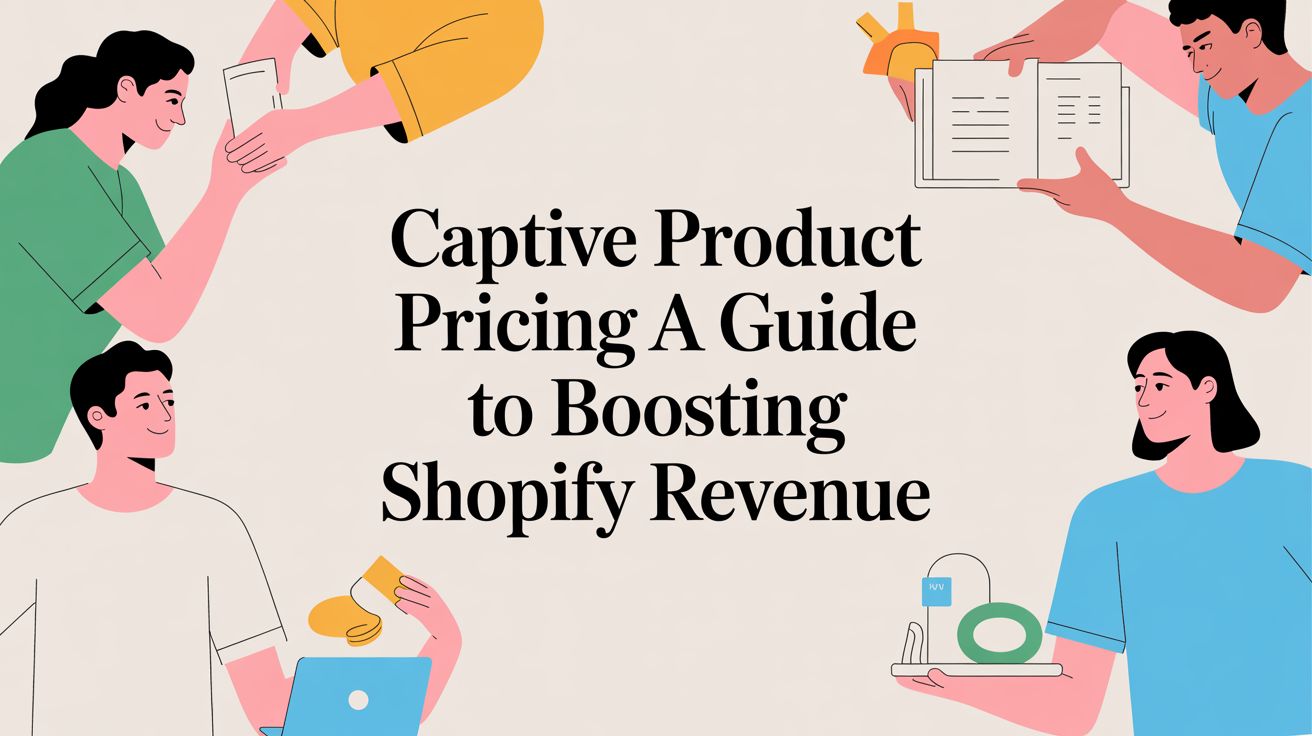
Do consumers trust influencer marketing?

Trusting other humans sounds simple enough, but what about brand influencers?
Consumer trust is huge these days. B2C brands everywhere are looking for ways to cultivate strong customer relationships that prioritize trust — and for good reason. It’s consumer trust that drives other highly valuable concepts like brand advocacy or purchase decisions to new heights.
But like anything else in marketing, consumer trust isn’t the only topic trending in the marketplace. So is Influencer marketing, and the two are going head to head.
We spoke with Bernadette Butler, Founder of StoryTap, a video marketing platform based in Canada, to discuss her team's latest findings on influencer marketing. What impact does trust have on marketing conversions? How are influencers affecting a consumer's decision to purchase? Read Butler’s answers below.
The rise of influencer marketing
In order to truly set the stage for the current status of influencer marketing, we first have to get into its rise. While part of this origin story takes place on digital platforms, the true genesis began before modern technology was created.
Human infatuation with celebrity culture dates back centuries, from our love for royal kings and queens to the popular icons gracing magazine covers on corner newsstands. For the average human, celebrities represent a larger-than-life image filled with fame, glamour and riches. These people know how to work a room, and they’re a walking embodiment of everything society says is good in life.
As society evolved, so did our collective fascination with celebrities. Not only did they grace our radios and television screens, but they became staples on digital online media channels, as well. Butler says this is how modern-day influencer marketing got its start.
“Essentially, marketers have to do so much more [than ever before] on so many different platforms at such a rapid pace with a limited budget, and influencers came at a time when they were needed,” Butler said. “It was really challenging to take your marketing spend and stretch it that far without having other content creators to propel that even further, and that’s where influencers began to really take hold and become an attractive addition to the marketing strategy for big brands.”
Many marketers praised the tactic in 2021, 89 percent saying influencer marketing worked as well as other marketing channels, even outperforming them on some occasions. The rise has been bright, and the marketplace has been soaking it all up.
“I think it was really exciting in the beginning when you had celebrity influencers and macro-influencers bring in views and attention and better business results,” said Butler. “I think what was really top of mind for lots of marketers was the return on ad spends, because you don’t really own those assets, you have them for a short period of time, which makes you come back for more. I think prior to any other types of scaled approaches, influencers were the first step into brands trying to get control over user-generated content and get it to work in a scalable way.”
The status of influencer marketing today
The success of influencer marketing was evident, and it proved to be successful, but have things changed since? According to Butler, yes — influencer marketing began to evolve again, but this time it did so in a way that began eroding consumer trust. Pre-influencer marketing consisted of brands making campaigns and booking commercials filled with actors pretending to be real people to help land a scenario. Consumers weren’t expected to believe that the instances they saw on screen would play out similarly in their own lives — they knew the commercials were nothing more than an ad, and any purchases made were done at their own risk. There was complete transparency from brands to customers.
From there, influencers came into the picture. Many of whom were also getting paid for their time, but the difference, Butler says, was the level of believability influencers possessed. Unlike paid actors, influencers seemed to be on more of an equal footing with average consumers, and their opinions could be trusted — at least, that was the general consensus.
“When influencer marketing began to really snowball at scale, average consumers believed influencers because they weren’t on television. That believability was exciting for marketers, but when you peel it back you start to realize that this is really disingenuous,” said Butler. “Everyone understands that with a 30-second commercial these are actors reading off a script and they’re getting paid, but when you get hundreds of thousands of people on unique platforms talking about a product like they bought it, and you don’t understand that they’re getting paid to do that, that’s when you start to see the wheels change and companies having to disclose that this is sponsored content.”
It wasn’t long before consumers began searching for the truth themselves. They began doing their homework before making a purchase, understanding that some influencers were getting paid to talk positively about a product and that their review might not tell the full story. This was a big change from the typical "humans trust humans" idea that we often hear. For many consumers, the reliability factor was gone. Influencers were no longer like the average consumer, but instead viewed as an extension of the brand they were serving.
The future: Real people telling real stories
Butler says brands are starting to move away from influencer marketing, choosing to place more of their focus on real people. In a recent StoryTap survey, researchers found that only 36.4 percent of consumers are moderately likely to purchase an item based on an influencer’s recommendations when shopping online. Survey participants stated that they questioned the validity of influencers, unsure if influencers truly liked a product or if they were saying so for the money.
Real people on the other hand, are in higher standing with consumers: The same StoryTap study revealed that 88.5 percent of consumers trust real customer reviews over an influencer's. The difference lies in a consumer’s ability to relate with the people they’re receiving a review from.
“It’s about people really getting to see themselves. It isn’t just a handful of influencers, the typical 10 diverse segments, but you really get into hundreds of thousands of people from geographic pockets, from ethnic backgrounds, from age and gender and everything in between, and consumers can start to figure out the real story," said Butler. "You’re going to see the return on that asset be incredibly better than it would be if you were just in the influencer space.”
You may be wondering if real consumer testimonials are any different than those given by influencers. After all, consumers have to be incentivized to leave reviews as well, right? Butler says the difference is in the intention behind the review and the transparency shared with consumers.
“It’s okay to incentivize real customers to talk about your brand. The difference with influencers is it’s their business, they have a media kit, they have to adhere to your brand guidelines. It’s a business, and brands have to be careful to make sure that they are being transparent about it,” said Butler. “With real people, it’s okay if they’ve gotten a free product or a discount as long as that’s disclosed [to the public]. When you’re asking someone to take time to give a review of something, good or bad, it’s okay to compensate for that. I think the gray area is all about transparency and making sure that customers understand the difference; that transparency will help build consumer trust.”
Despite the change in perspective, influencer marketing isn’t completely on the outs with consumers.
“I don’t think influencer marketing is done for, but it was a little mishandled. If it was more transparent, it could be a nice extension of the brand, but given the new technical landscape, with how easy it is to leverage your real customers and staff members to tell authentic stories, the comparison [between influencers and customers] is very different,” said Butler. “You get the idea that these are real people — they are not polished, you’re in their home…and that’s what people are looking for.”
Consumer trust is integral to the success of any consumer-facing business, and while most trends come and go, this is one that is sure to last.

Lindsay Keener is a brand journalist for Quikly. She covers stories that help to inform and educate consumer-facing marketers.

